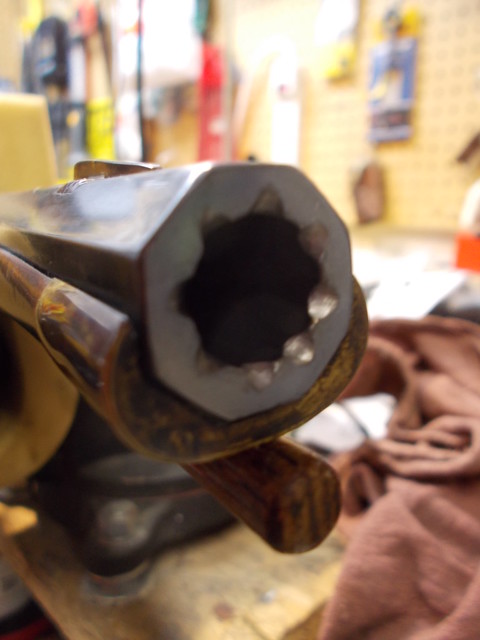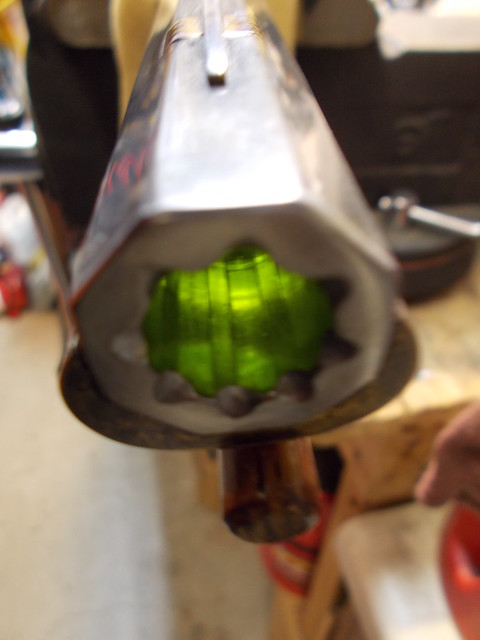MSK
Smollett
- Joined
- Jun 13, 2014
- Messages
- 353
- Reaction score
- 3
I have read with interest the numerous threads listed by Claude on muzzle coning and anything I could find on the net, but for the life of me, I cannot distill the neat looking round filed edges at the muzzles of original rifles such as that in the photo. It gives the muzzle a cool "star-like" effect. Note that this treatment is NOT the fancier "hiney muzzle" type muzzle found on Yaegers which was clearly decorative.
My questions are:
1) Are those part of an original coning process or was this simply decorative?
2) Was the rounded filing done to the grooves or the lands?
Please help! I honestly can't find anything definitive and absolutely love this look.
 [/URL][/img]
[/URL][/img]
Smollett
My questions are:
1) Are those part of an original coning process or was this simply decorative?
2) Was the rounded filing done to the grooves or the lands?
Please help! I honestly can't find anything definitive and absolutely love this look.

Smollett








